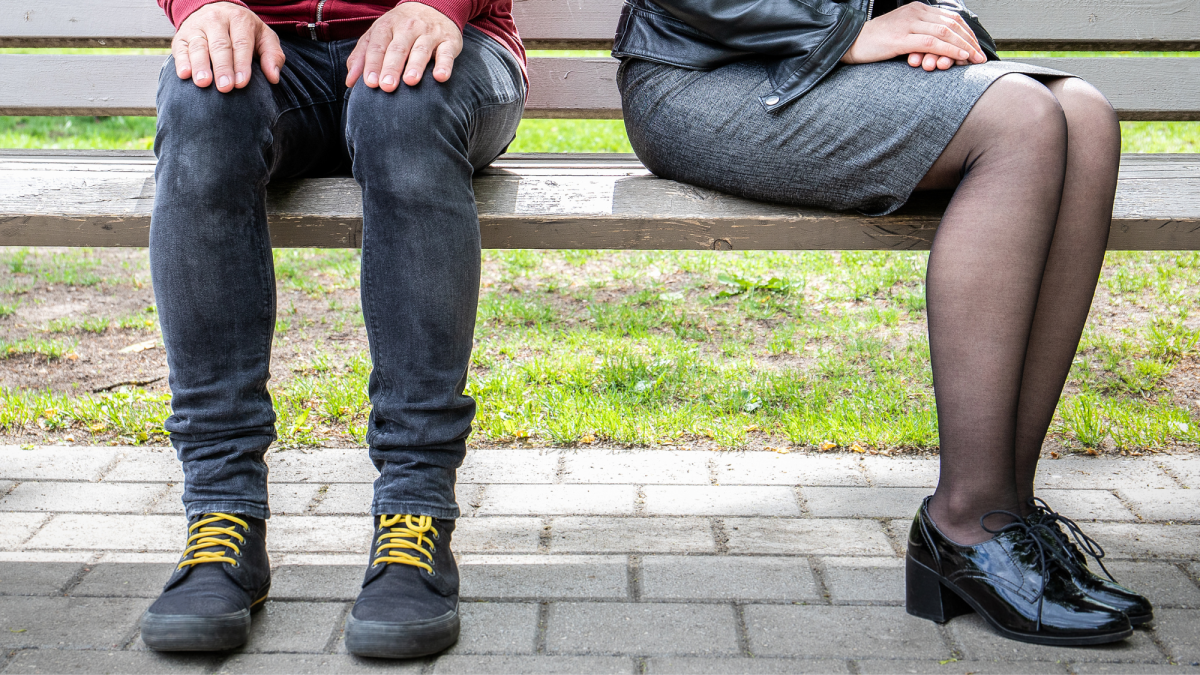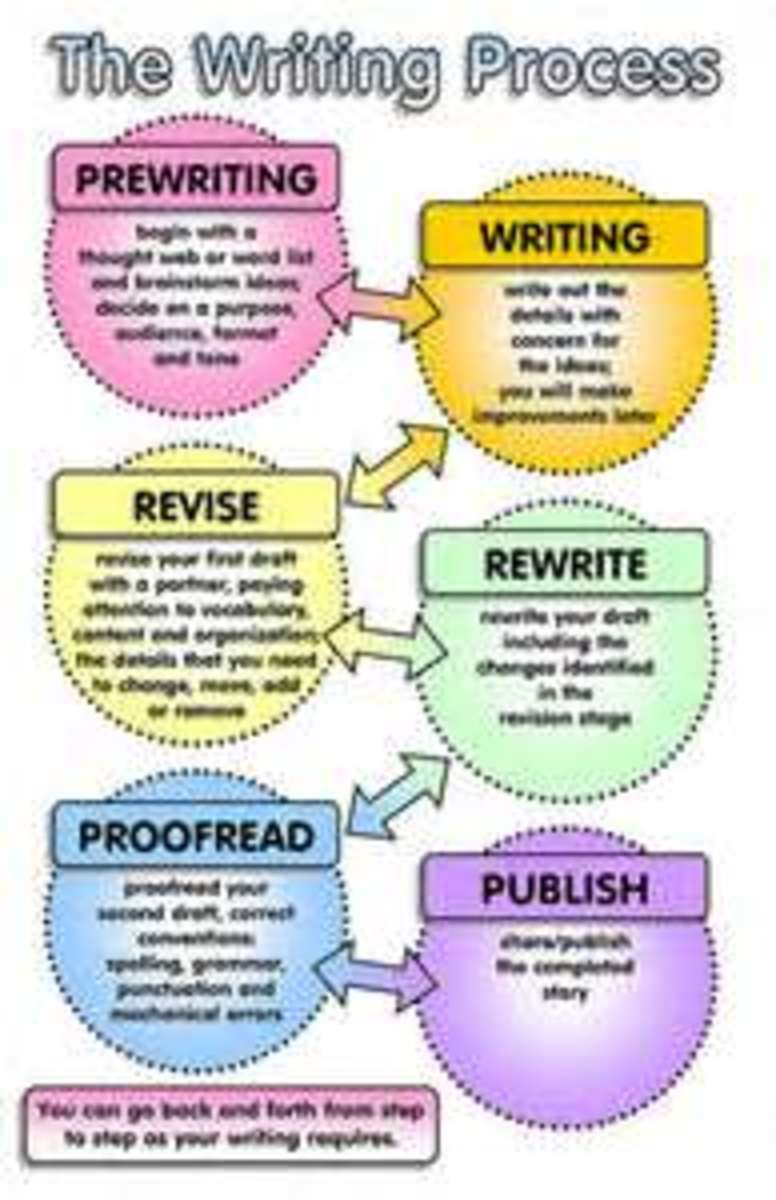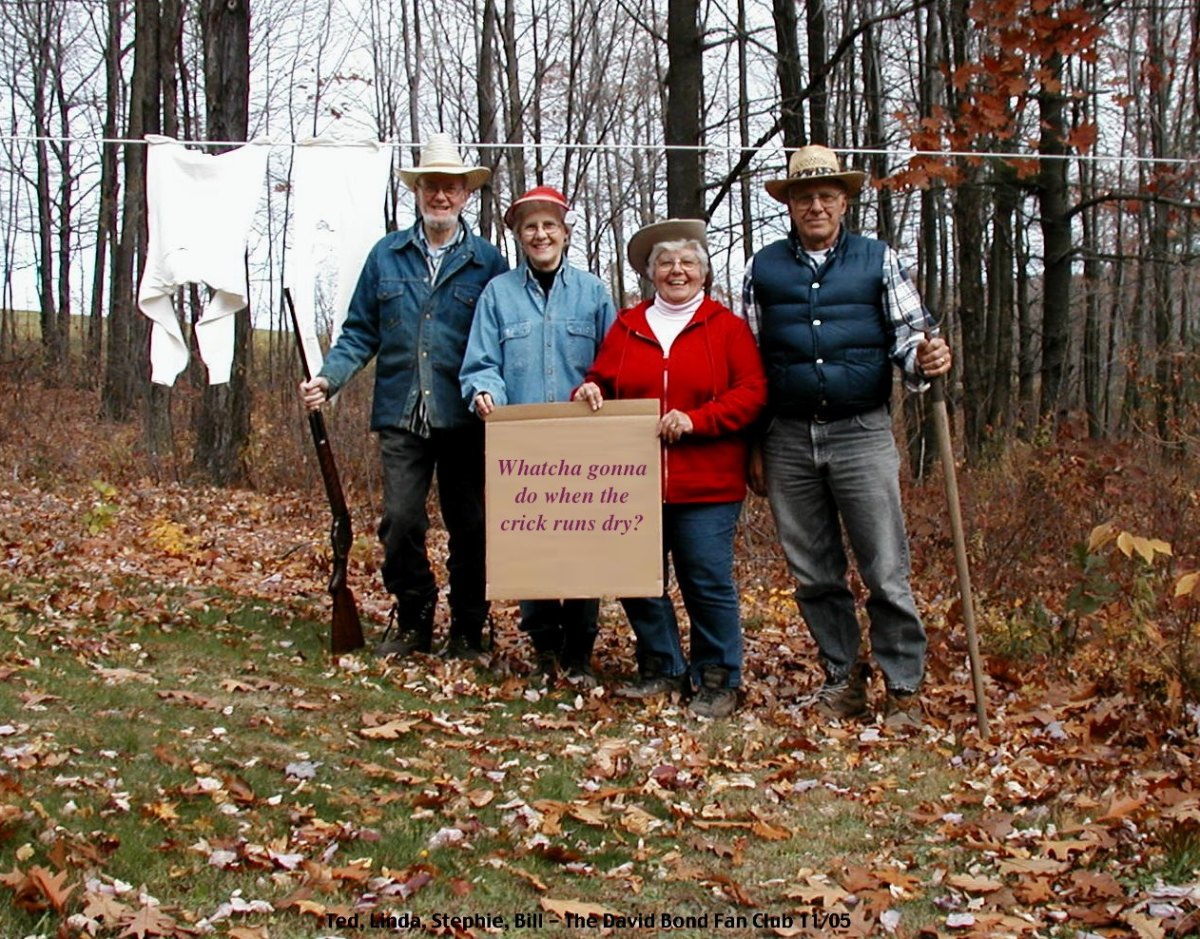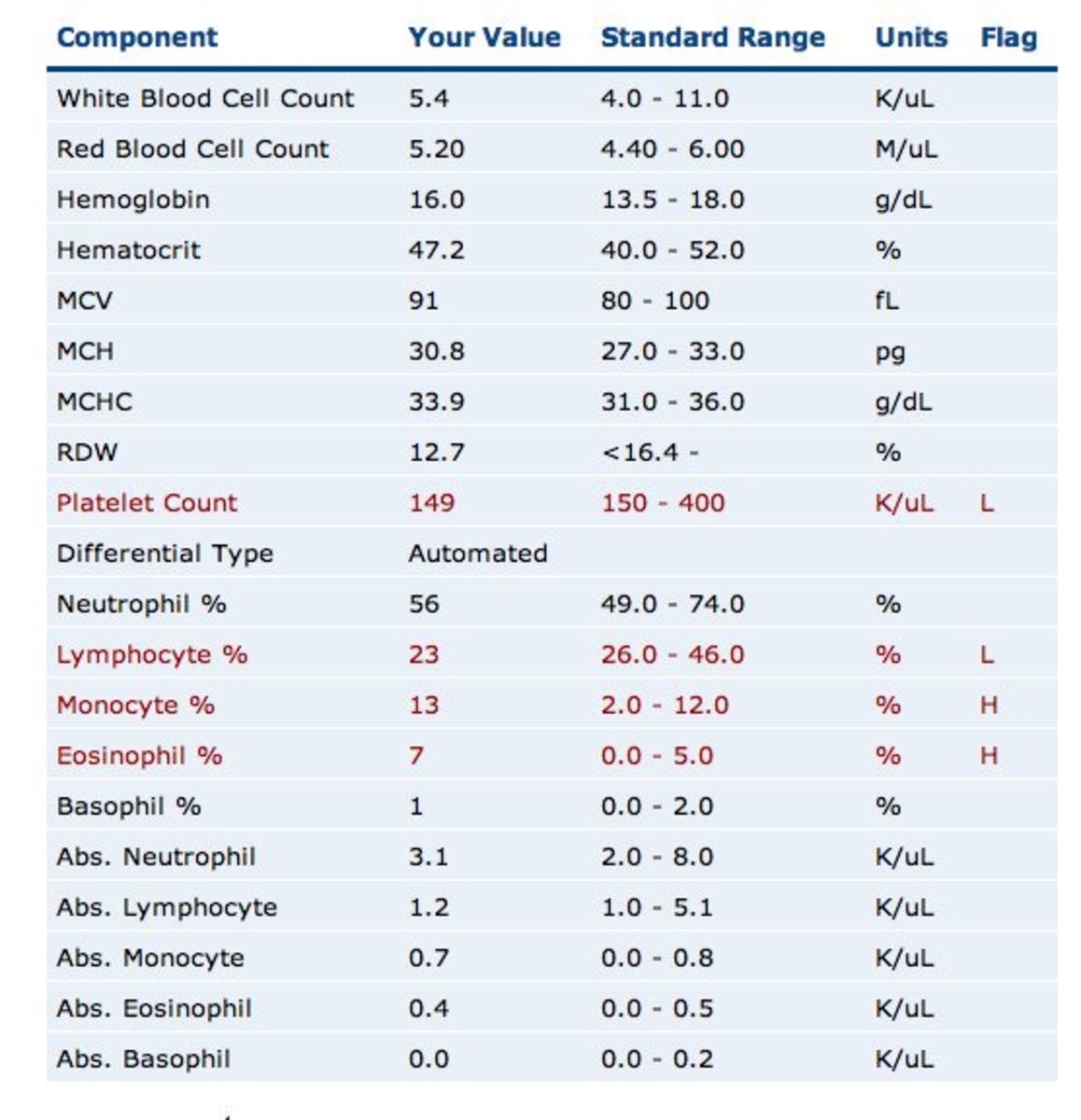Understanding Body Language can improve your Writing.

For most of my life I have been fascinated by Body Language. I have always unconsciously noticed how people walk, hold themselves, scratch their noses, fidget, or cross their arms at certain points in a conversation. These are just some of the things that people do in everyday life.
These postures or Body Language gestures represent the inner state of the person who is acting them out. We can all unconsciously recognise some of these as quite obvious in everyday life. A yawn of boredom, defensive arm-crossing, a cynical raised eyebrow, a cocked head to one side, signalling interest like an alert dog.
Body Language is simply fascinating, because not only does it reveal very often the true inner feelings of a person (thus helping us to read and understand them better) but it also can be incorporated into our literary work. When you have a good basic understanding of Body Language (you do not need to be an expert) it can open up a whole new world of literary inspiration because it will add richness and character to the people that you create with your imagination, bringing them to life as real, living people.
When we write about someone who is let's say, shocked at hearing some terrible news, it often isn't enough to simply make that statement that they are shocked, or to give them some words that express their shock, fear or disgust. A good description of how their body might lurch visibly backwards could add to the aliveness of the scene. Perhaps all colour drains from the person's face, or amidst their muttering and stammering they resort to hand-wringing, a very angst ridden gesture signifying their stress. It's as much to say, 'Oh I don't know what to do! Help!'
Play the part
Charles Dickens, when writing his books, often leaped out of his chair and ran to a mirror on the wall, where he acted out the character that he was writing about. So, he'd become Ebenezer Scrooge, all hunched over and sour-faced, mouth turned down and eyes looking furtively, his lips curling with venom and spite as every line issued from Dickens' mouth. Then, Dickens would rush back to his desk and scribble down the inspired words that he'd spontaneously said in front of the mirror. True inspiration at its best!
When we play the part of the person in our minds, and think of how they might speak or what gestures of Body Language they might habitually do, we have become that person for all intents and purposes, like an actor who takes on a role. Understanding how a person physically holds themselves, speaks when under pressure or in love, and then allowing the words to form around that is a very important key to good and believable writing.
Don't let the words dominate first. Let the reactions of body posture and demeanour feed the words that the character will say. A thief, skulking around a building never looks dignified, but always on the look-out, pretending to be casual, but often looking decidedly up to something. There is often little facial expression, as they attempt to look unobtrusive. A bored woman will often sit, one leg crossed over the other, the leg swinging forward like a pendulum impatiently. The arms will likely be crossed at the waist defensively. She could even be chewing gum very quickly and blowing sharp, irritated bubbles.
How would our thief in the above example speak if confronted, or what would the woman say if someone utterly boring began to speak to her? Or alternatively, if someone very interesting came into the room? She might suddenly uncross her swinging leg and begin to perk up, preening herself and losing the gum. Think of your characters Body Language first; it will lead you to the right words.
People are always revealing what they think by the way they stand, or sit, or react bodily towards you. The irritated person who turns a shoulder towards you, half screening you out with their back, and then begins to talk to someone else. The liar, who constantly covers his mouth with one hand, eyes never making contact with yours.
Police services such as the FBI use Body Language all the time to determine whether a suspect is telling the truth or not. Our bodies reveal our minds, our deepest emotions. Anyone who can read a person's body need not really hear the person speak. The body attitude will say it all. The person with a long, sneering nose who literally looks down the length of their own nose, eyes half closed, head tilted back, is clearly someone who thinks themselves superior and literally 'looks down their nose' at you.
Unspoken words tell an individual's mind just as easily as the lips, when we examine the stance of the body and facial expression. In fact, often the lips will deceive far too easily, but the language of the body will not. Facial expression can be the best indicator of someone's true thoughts. A hard glance, a soft gaze, a wild, blinking expression, a sniff, a wink, a twitch. All of this is important information and has meaning. Weave this knowledge into your writing to add depth to your characters.
Physiognomy
Another closely related art of reading people, is Physiognomy. This is the study of the face. You might consider when describing someone for example, that 'hers was a friendly, open, kindly face; round, a little flushed with red and set with twinkling, generous blue eyes...' might be one way to describe a character in a story which the reader's own imagination can easily enlarge upon. Already, we are building up a liking for the person or the reverse, by how we describe their appearance. The face of course, is a world of information to the perceptive person.
So, in writing, let's try and make people into believable, living entities that could have actually lived a human life. Let's not overdo it, but give enough information on their appearance and Body Language to bring them to life in the reader's mind, remembering that no one is one-dimensional, but often has conflicting traits that are at variance with one another. People are complex, and their gestures, features and mannerisms paint a picture that reinforces and in fact, creates the words we put in their mouths.
© 2016 S P Austen








